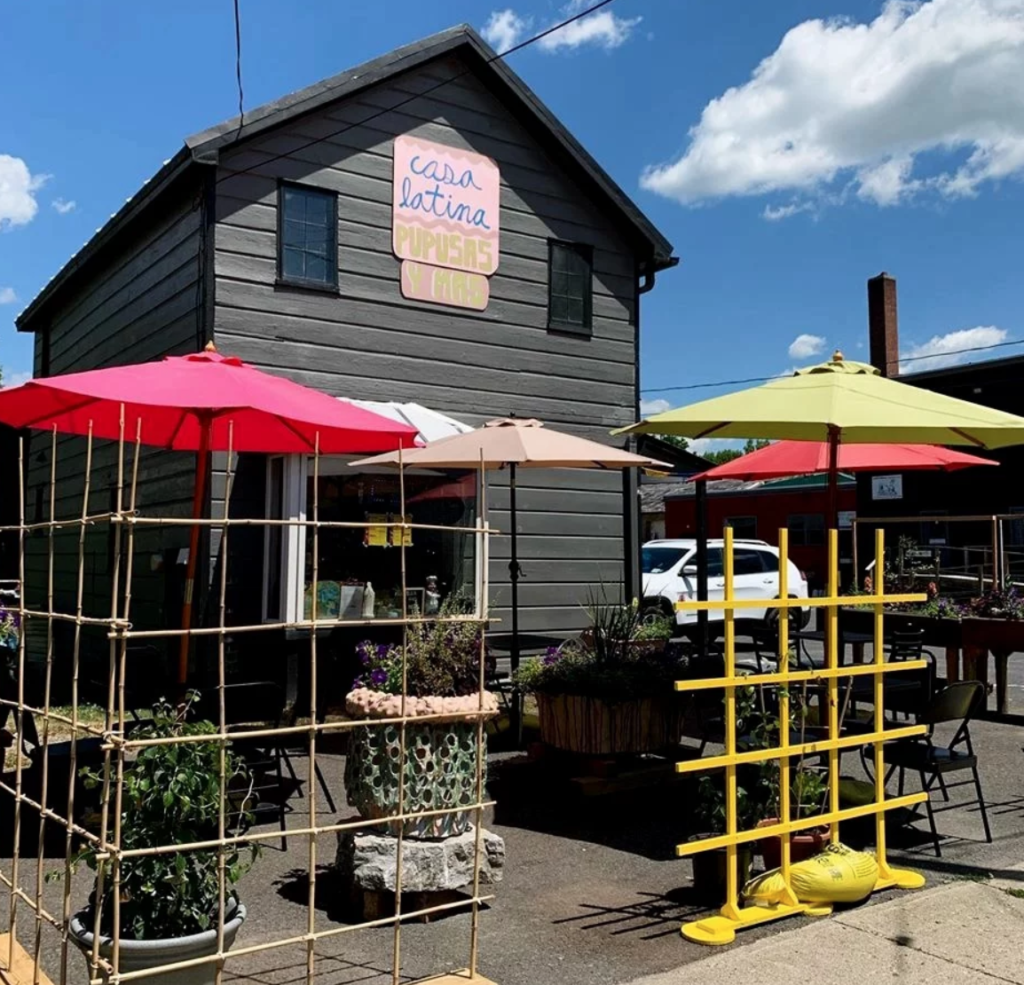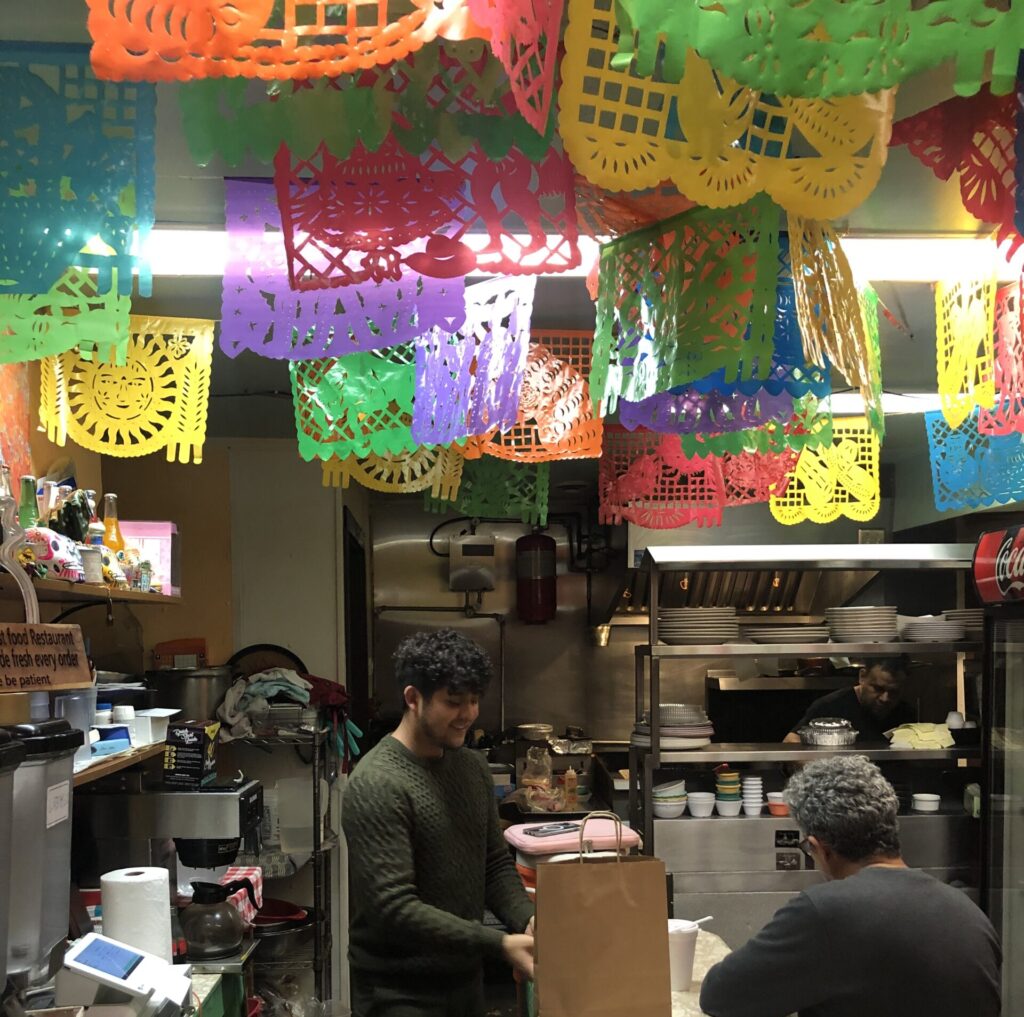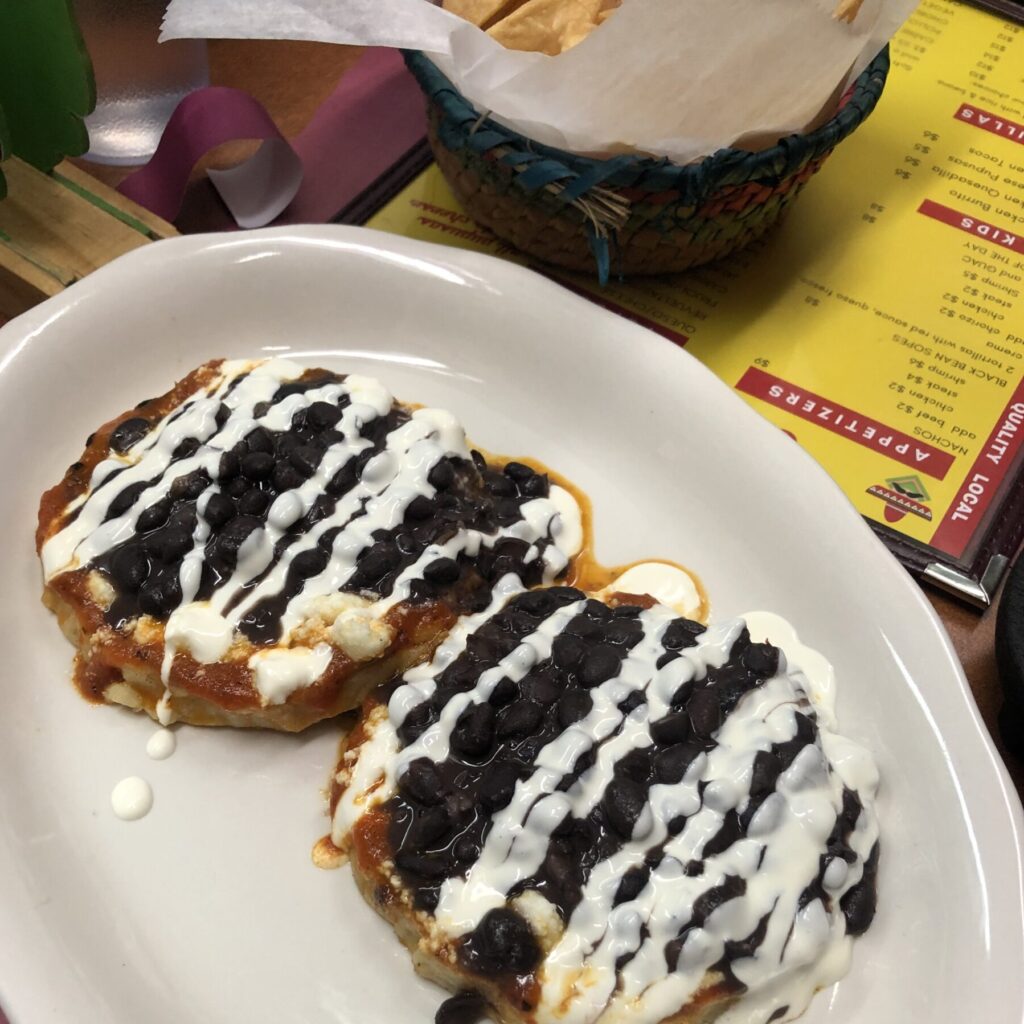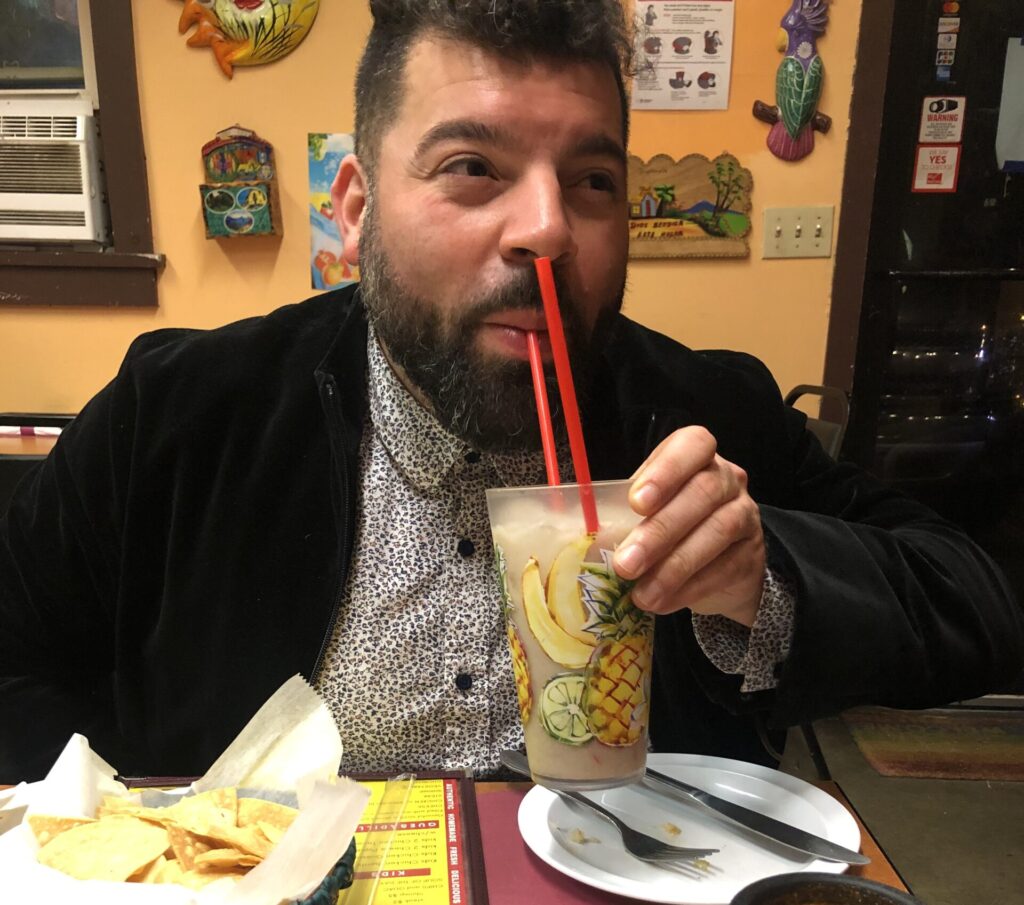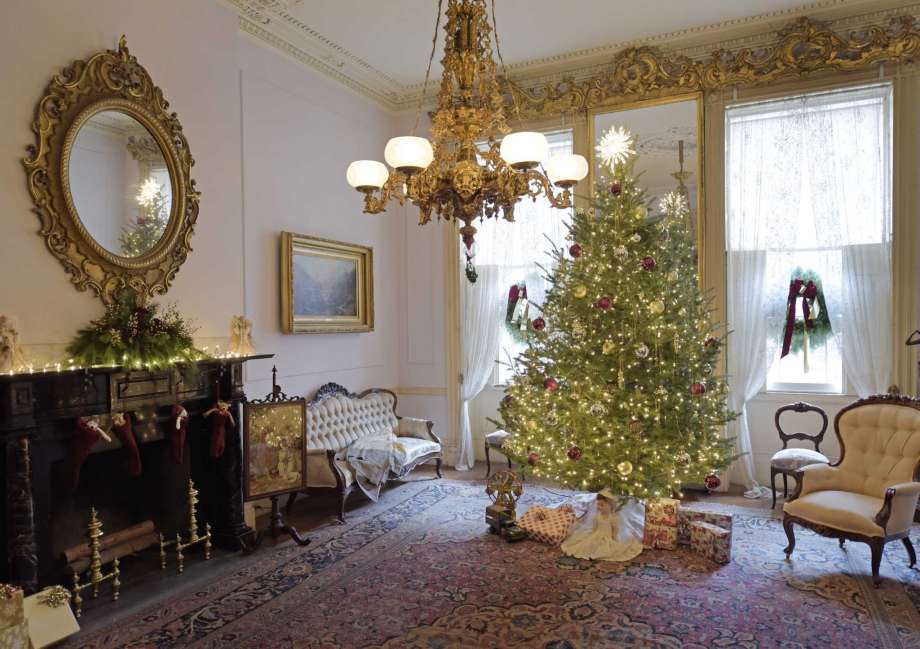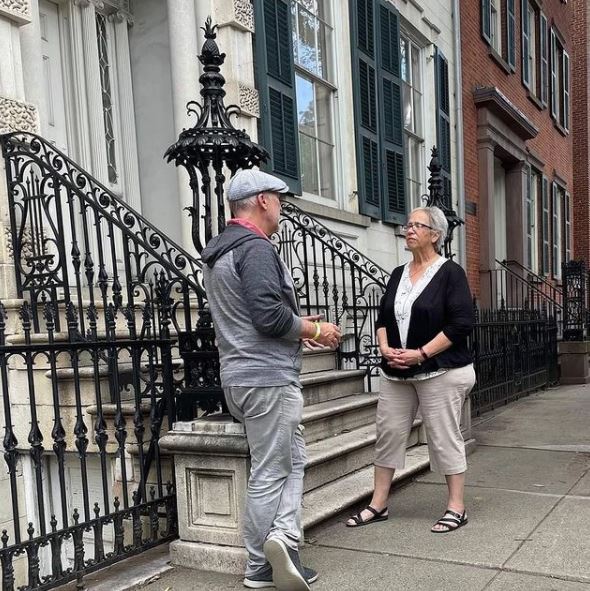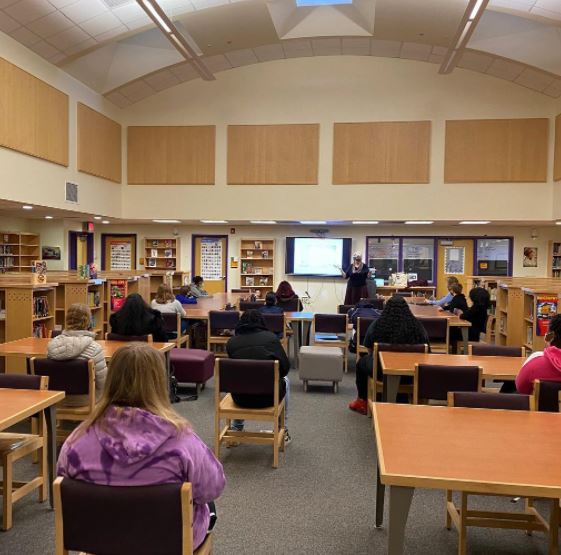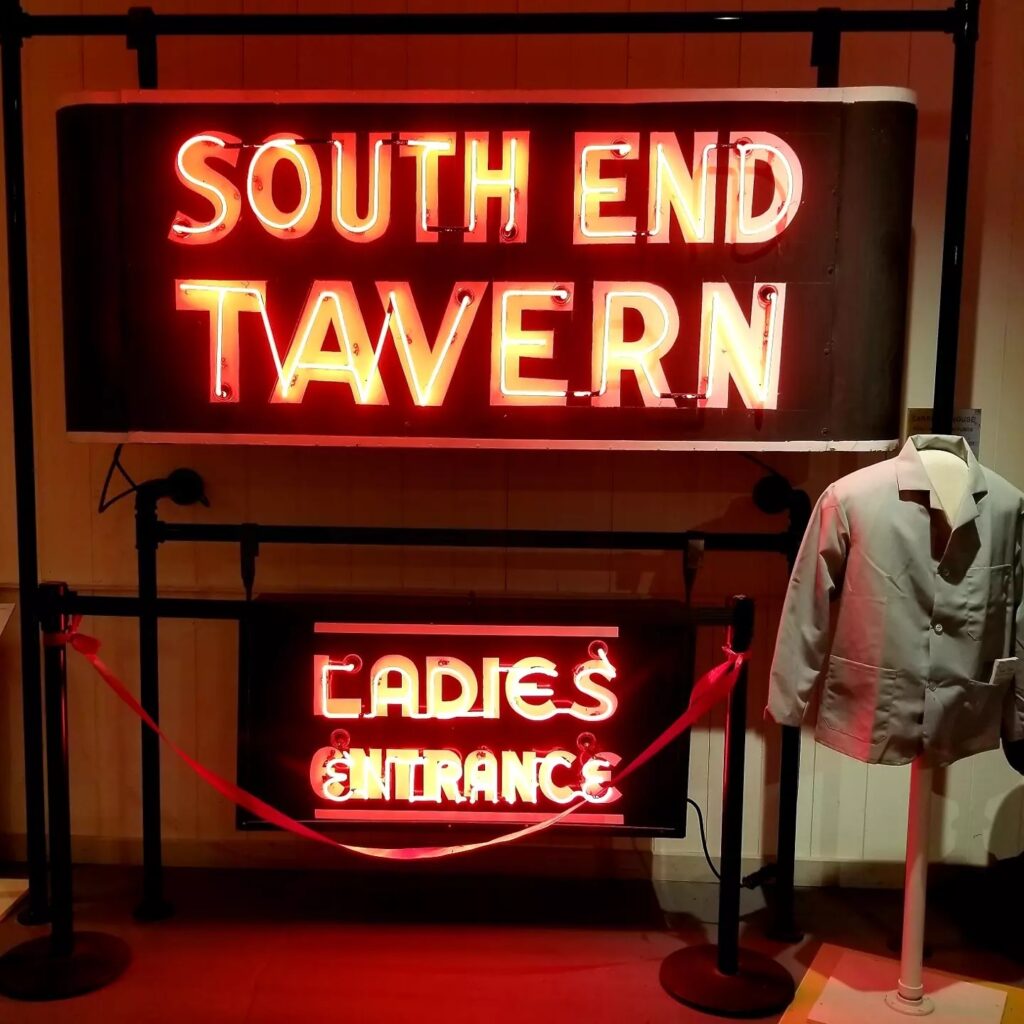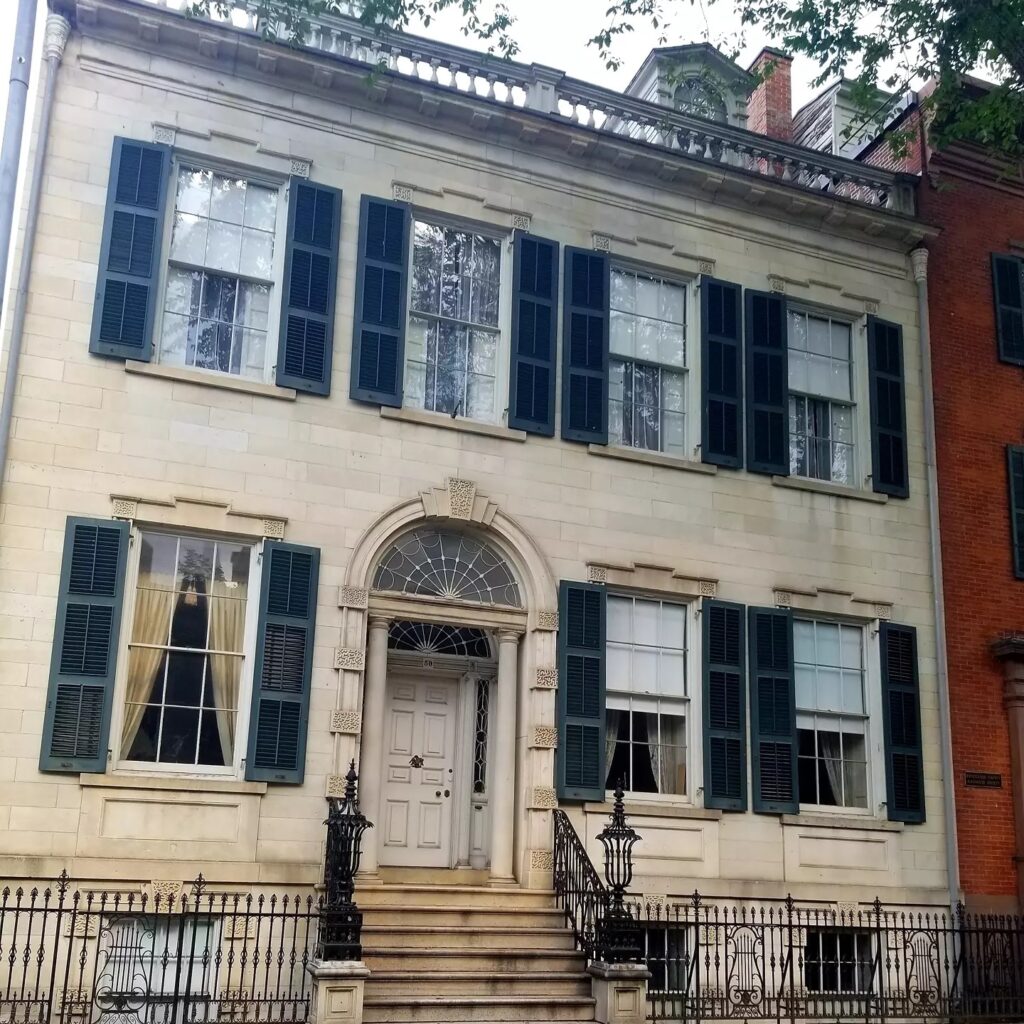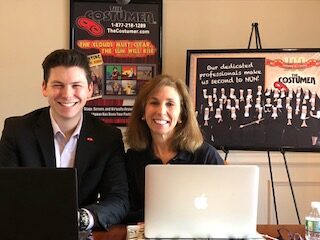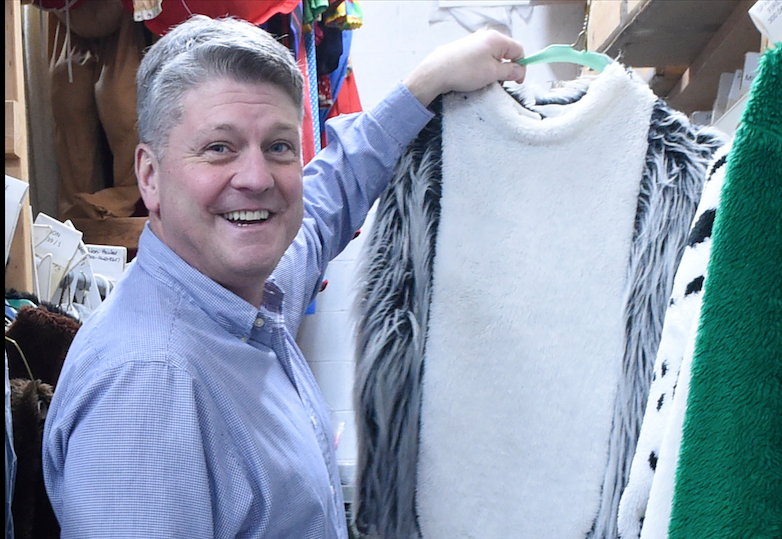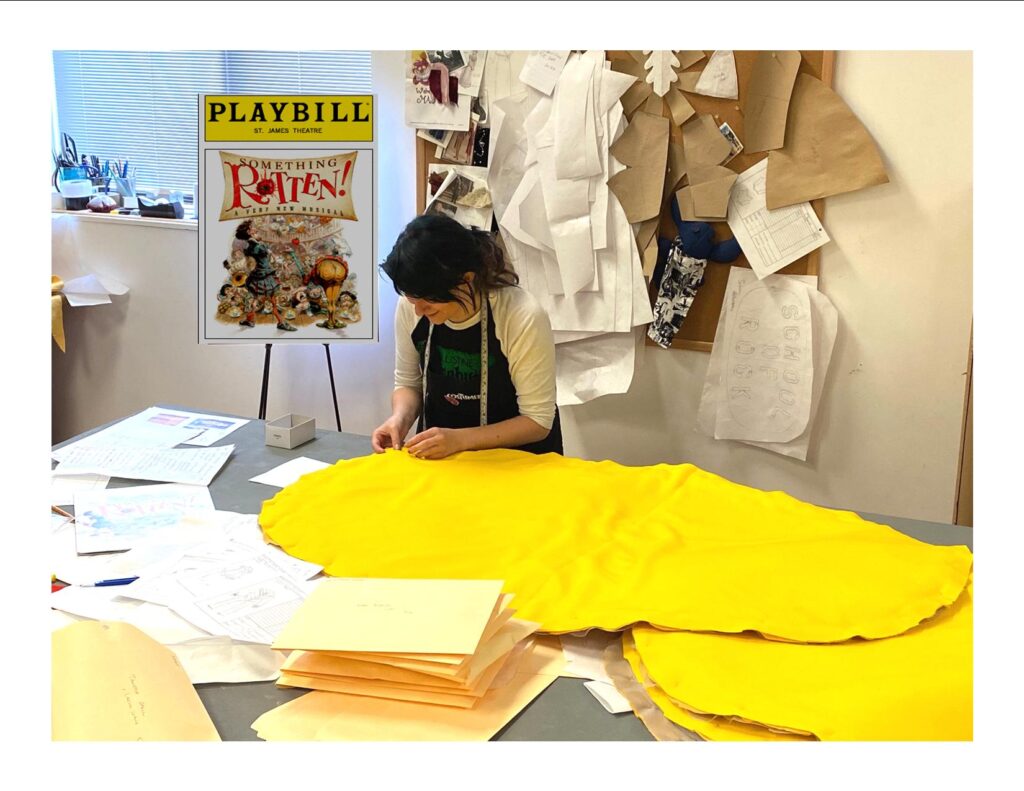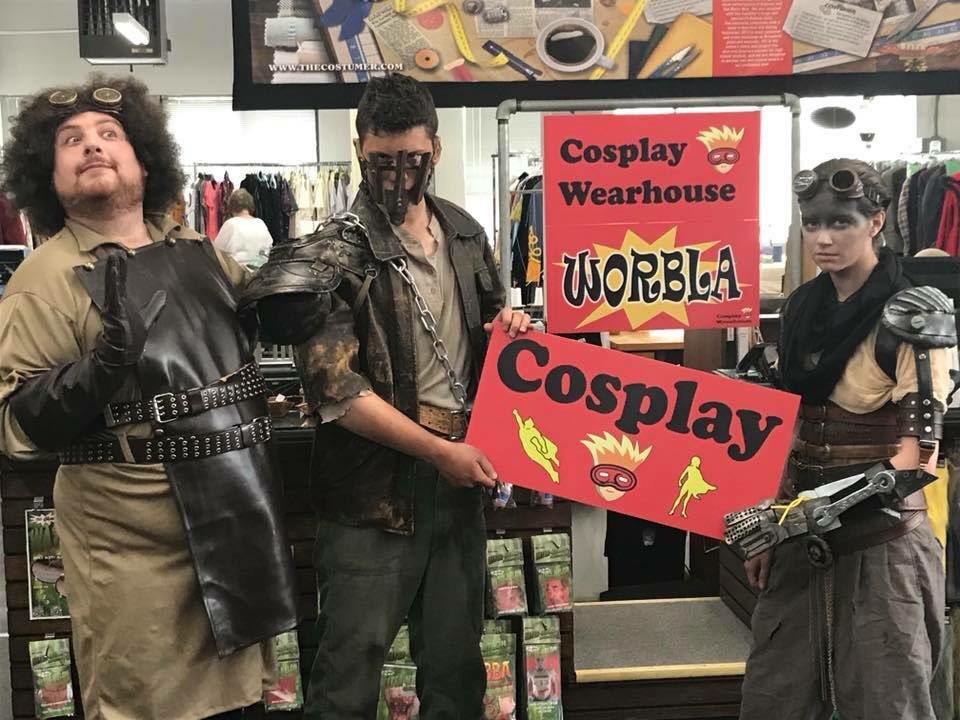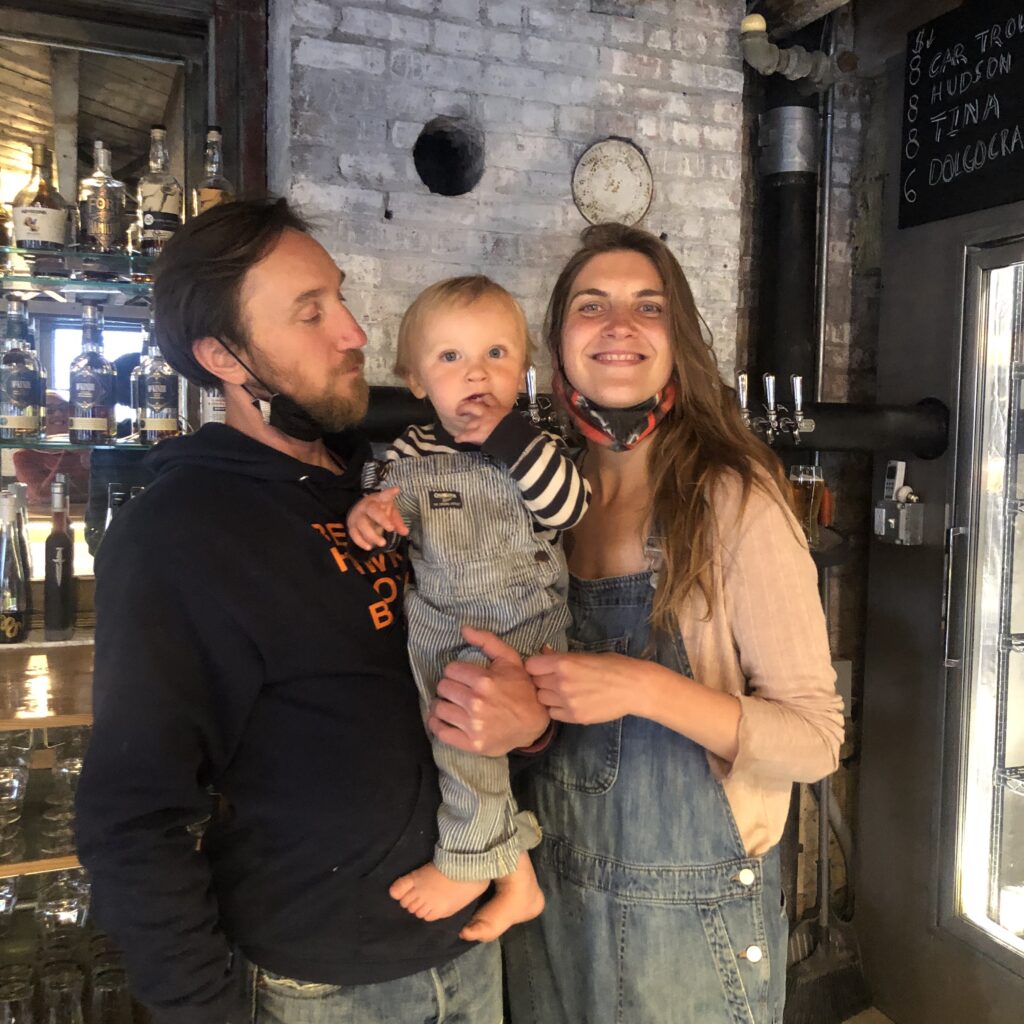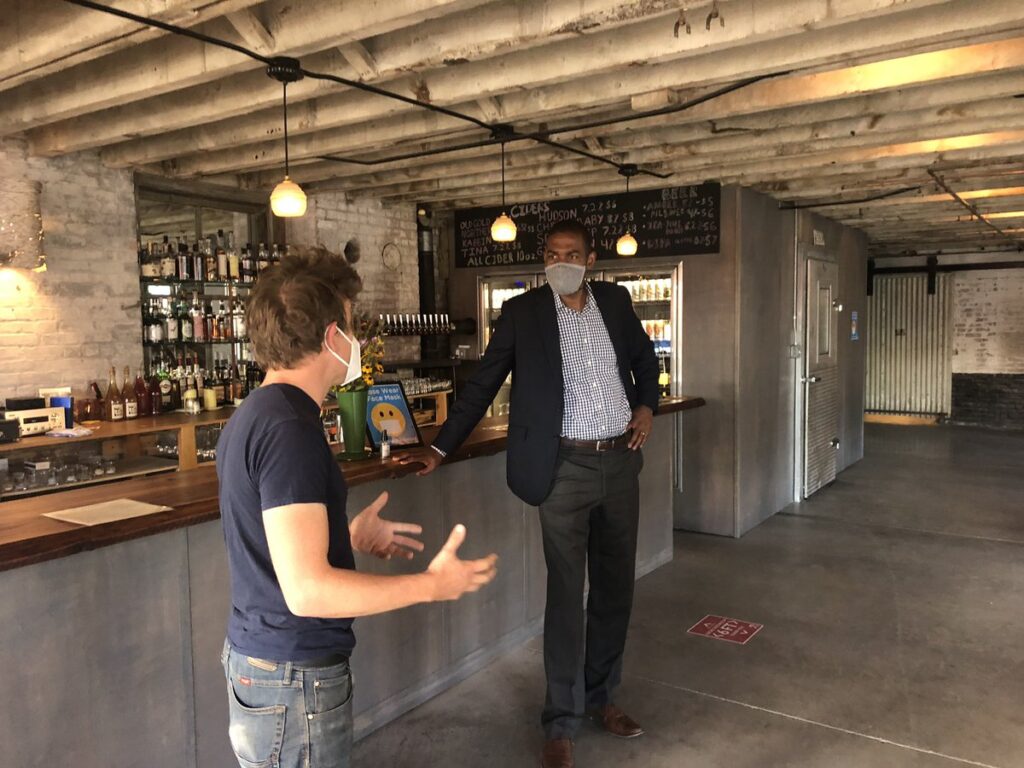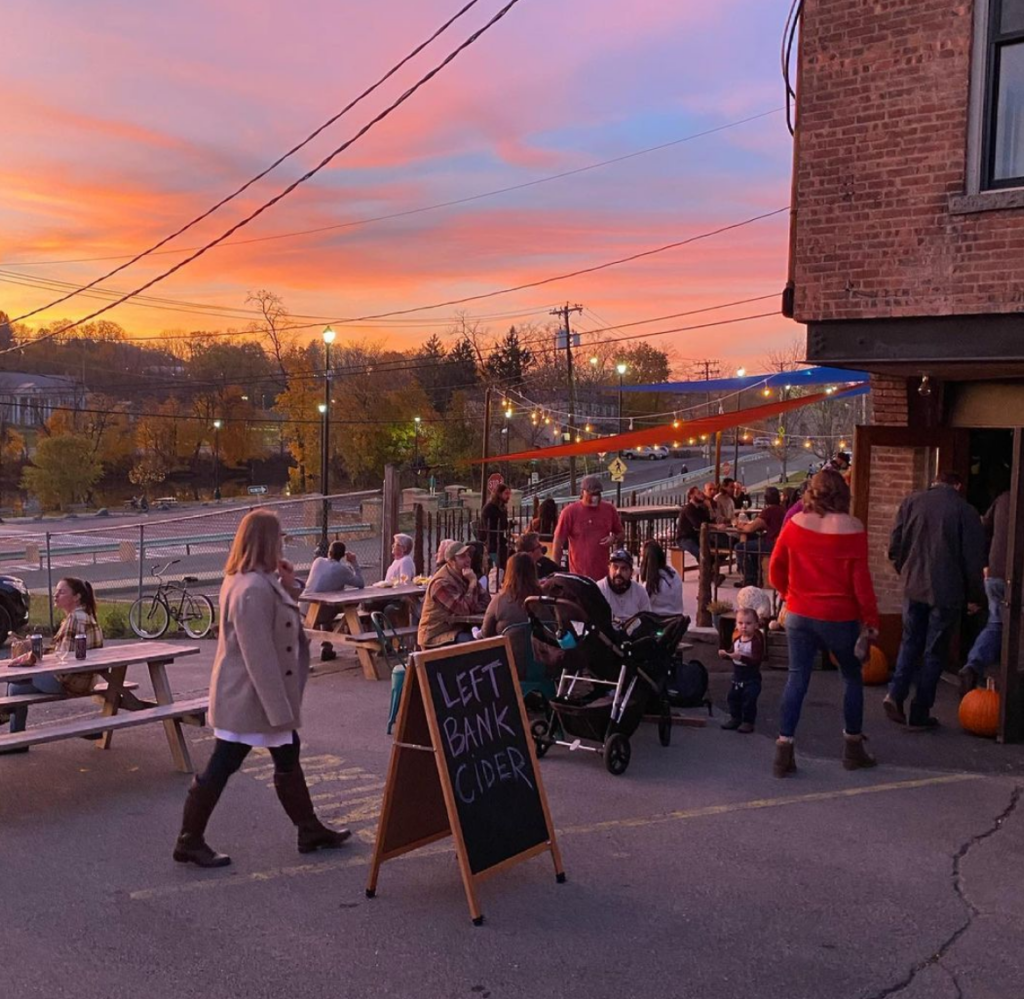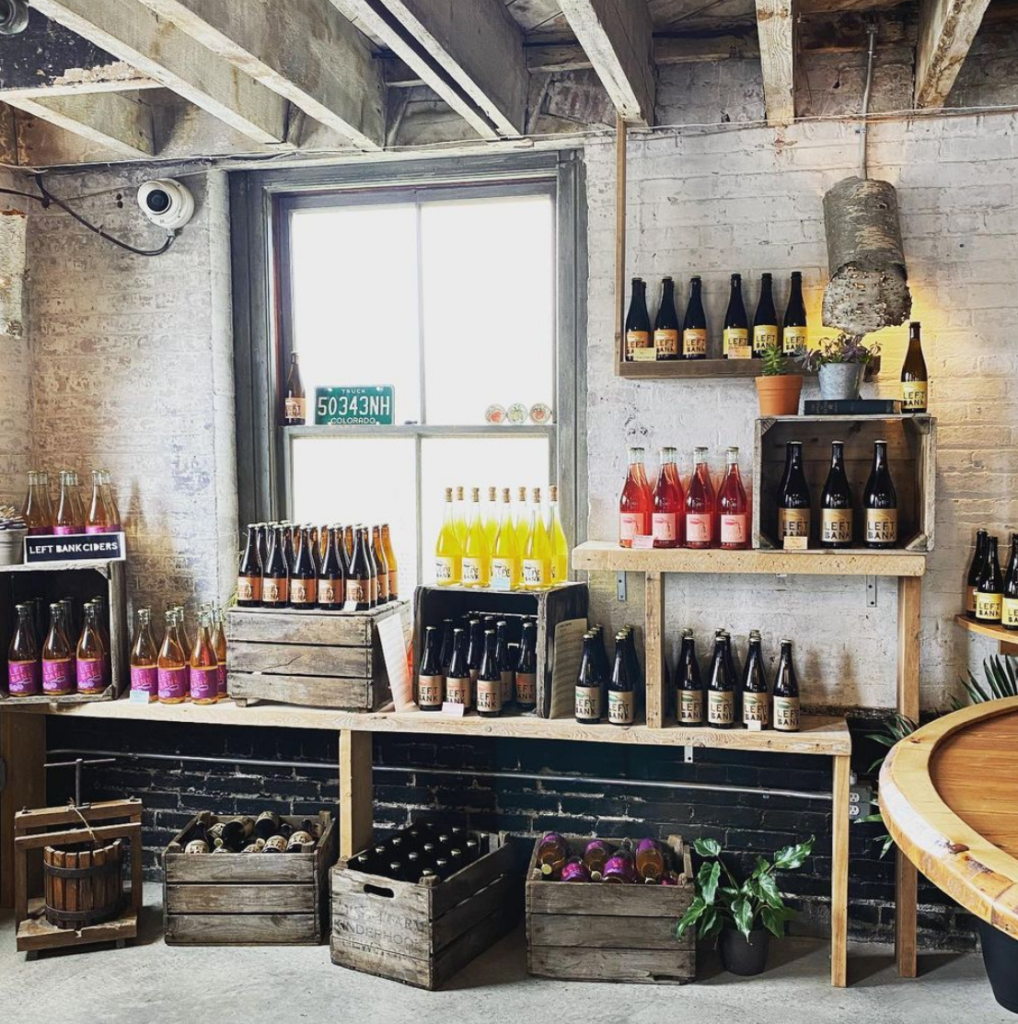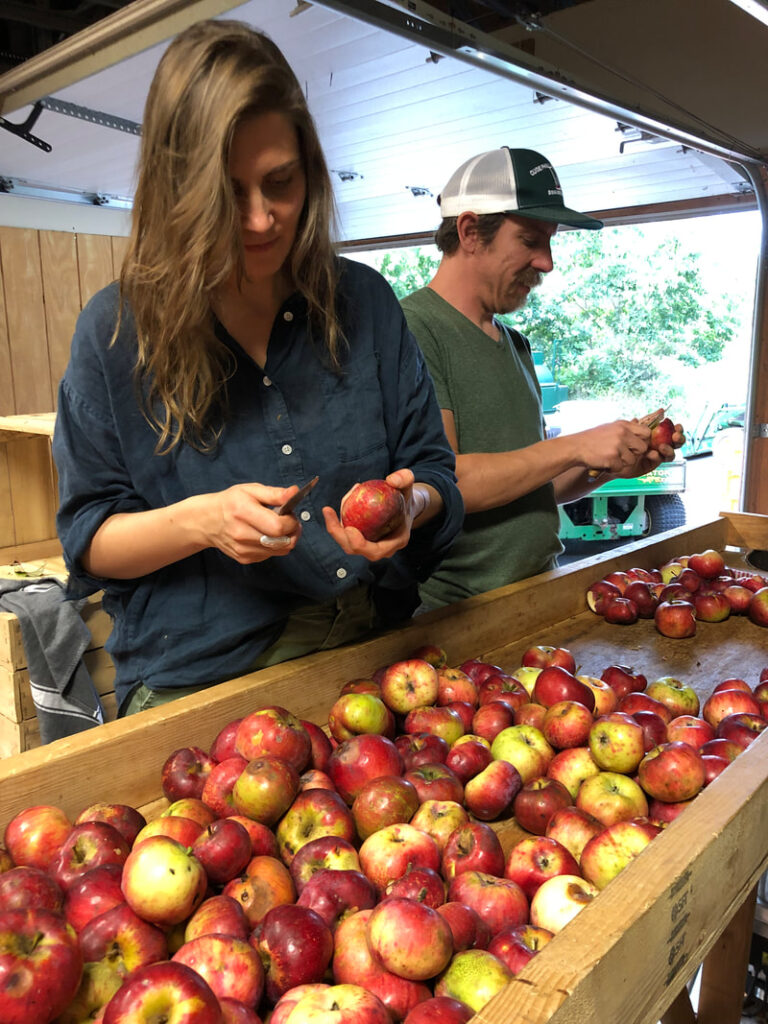
You’ll find the restaurant Oaxaquena Triqui in the back of the bodega of the same name — seven simple tables, with absolutely killer food. School girls in uniforms are doing their homework at one table, while their mother, Griselda, heads up a team of female cooks in the kitchen. Oaxaquena Triqui is bustling — the tables are full, the staff is jumping. Nonetheless, Griselda takes the time to walk us through the menu, and we ask her what their specialties are. The answers absolutely surprised — okay, shocked — us!
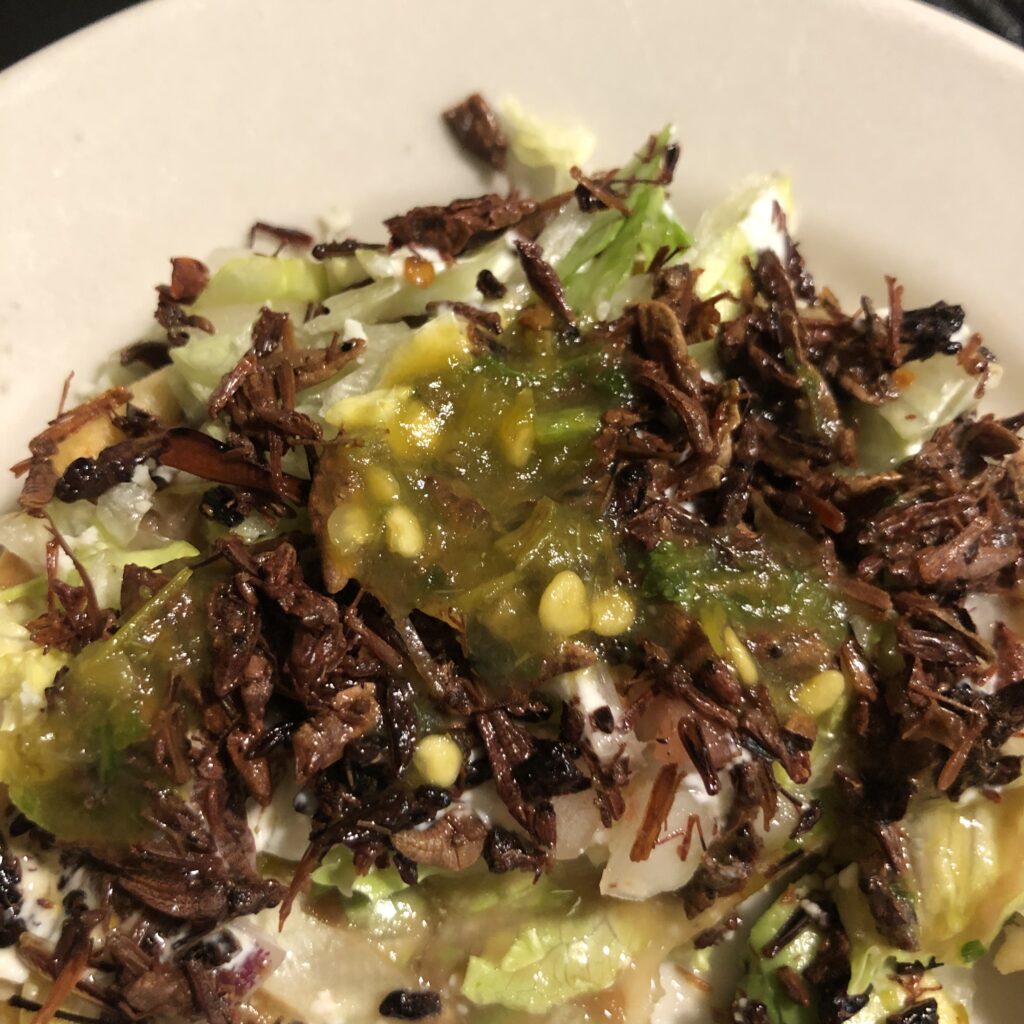
The first specialty we tried is not on the menu, but Griselda told us it’s a favorite — “chapulines.” Oscar replied, “Sancudo?!”, and she laughed and said yes, “the ones that jump around.” Turns out, chapulines is Spanish for grasshopper. Oscar, who grew up with a vegan mother, said that this was a challenge, for sure, but he was up for it. His review? Salty, spiced, crunchy and interesting!
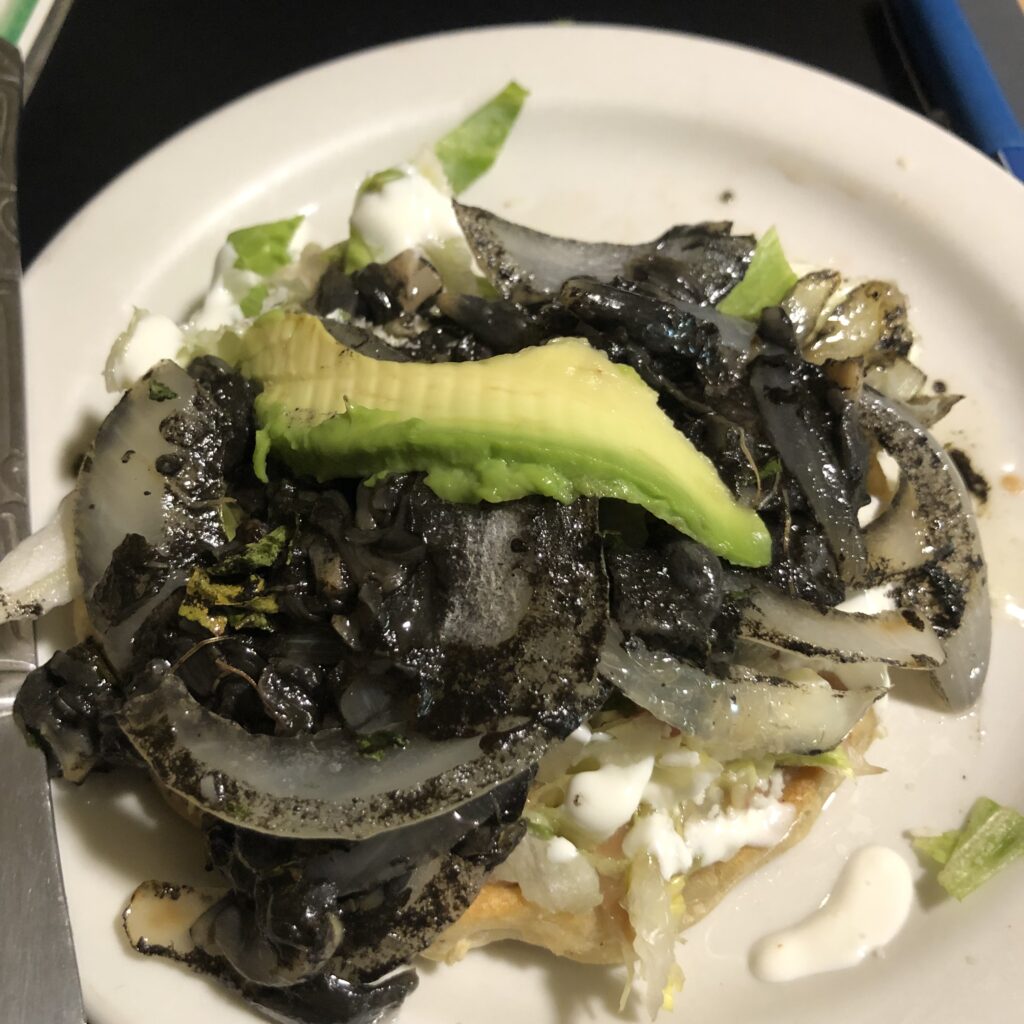
The second specialty was no less shocking — Huitlacoche Huarache, otherwise known as “corn smut,” a fungus that grows on rotten corn. It’s a Oaxacan specialty and I’d read it about it, but never had a chance to try it. So…we ordered it, and it’s good! Tastes like a funky mushroom (which is exactly what it is!). Squeaky and squishy and totally unique. I recommend it, if you’re an adventurous eater.
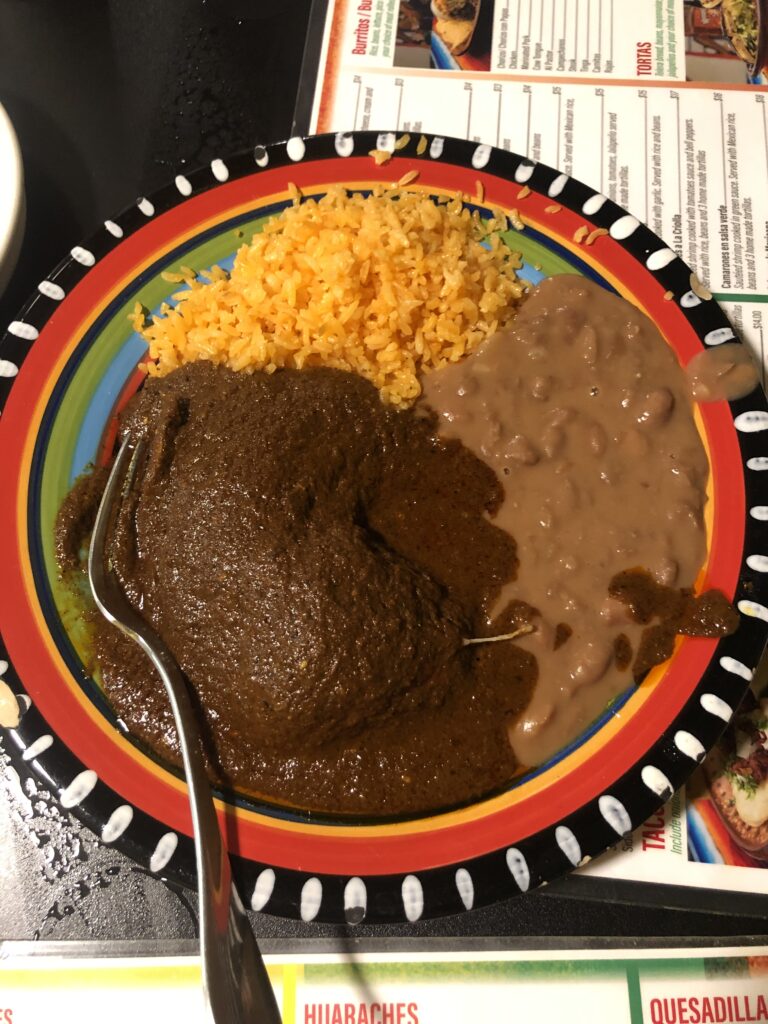
Don’t Miss: The Chicken Mole
The third item we tried was the mole, a world-famous Oaxacan specialty. When I went to Oaxaca in the early 90s, I tried at least six different kinds of mole, and none of them was much like the chocolate-flavored sauces you find here in the States. Indeed, Griselda bristled when we asked if her mole tasted like chocolate. “No!”, she exclaimed. “Mine is spicy,” she said, and told us that she uses 30 ingredients to make it, and it takes two days until it’s ready.
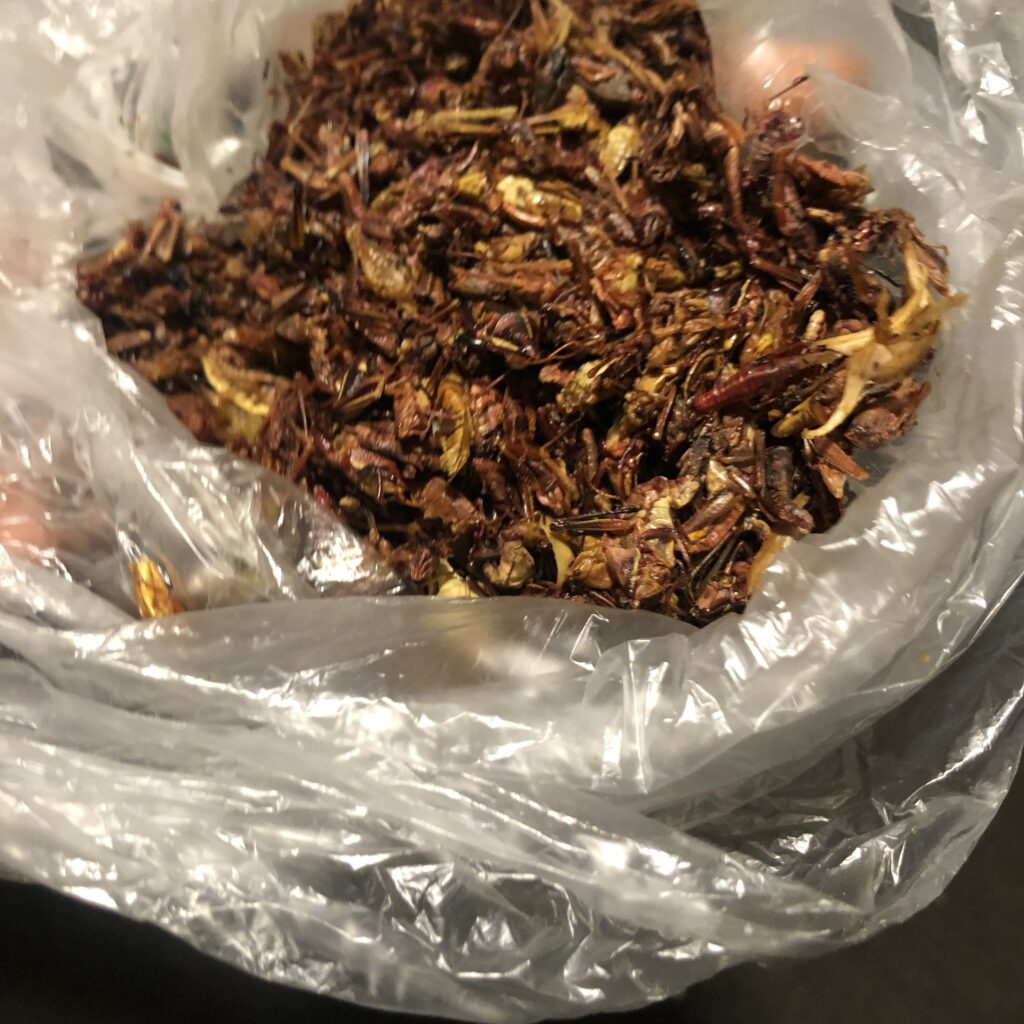
Some of the ingredients are only found in Oaxaca, so she brings them herself, or they’re delivered here by visiting relatives, like her mother-in-law, who was in town when we visited the restaurant. We also tasted some ground-up, spicy worm powder, made of the same critters you find in mezcal. It’s quite good. These kinds of ingredients are what make Griselda’s spicy mole so special. And, the chicken was unbelievably tender. (Pro tip: if you don’t like spicy food, you can ask for the amarillo (yellow) mole, which is not advertised on the menu.)

There are a LOT of other choices for Anthony Bourdain-type adventurers — cow tongue, menudo (tripe stew), cecina (salty beef), chicharron (pork skin), squash blossoms, and more. But there’s so much here for everyone. The neighborhood and atmosphere are not fancy, but the food is fit for a king. Can’t recommend it enough.
Oaxaquena Triqui, 77 North Lake Avenue, Albany, 518-465-0080. Open Monday through Saturday, 10:30am – 8pm.
